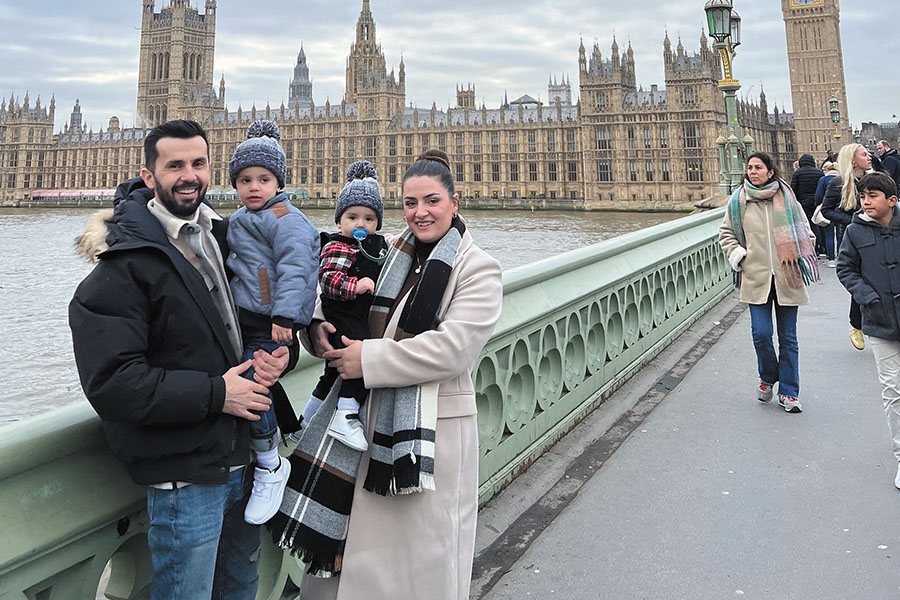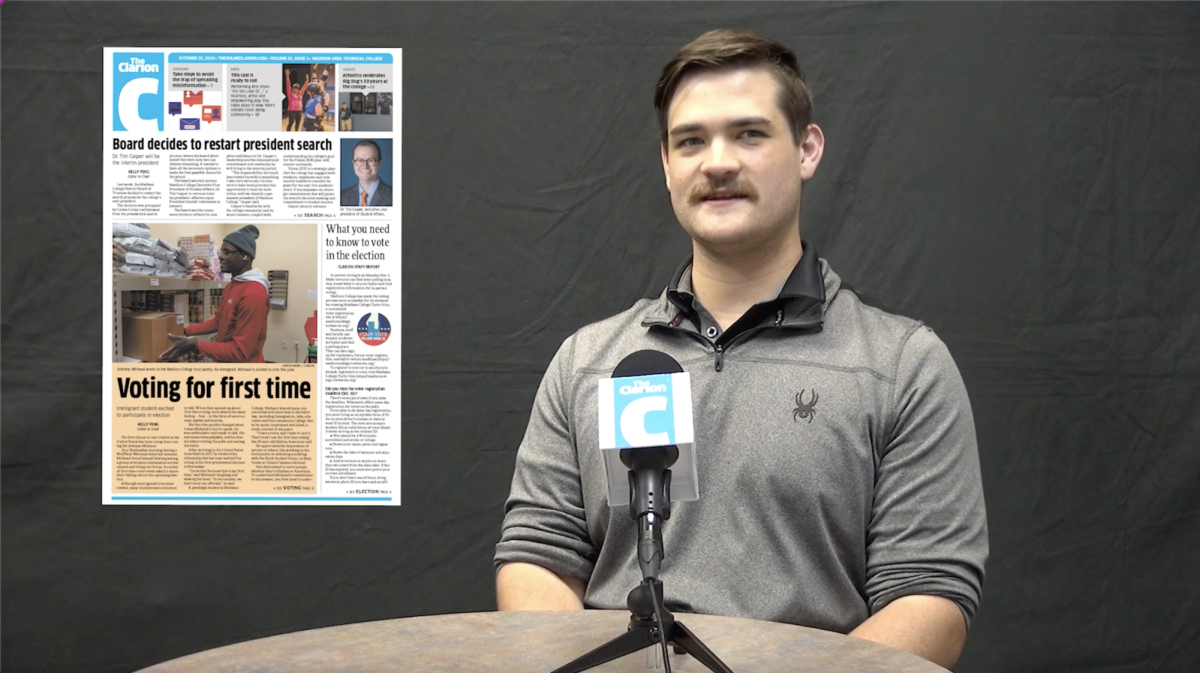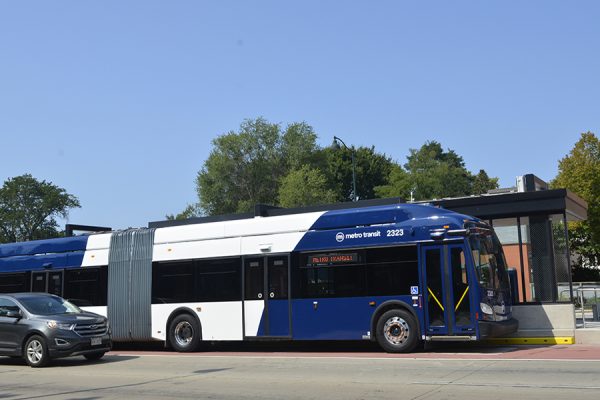The recent Capitol lockdown may have violated the rights of those with disabilities. When entry to the Madison building became restricted mobility device accessible pathways were reportedly closed off.
The Americans with Disabilities Act states that all government facilities are required to provide equal access and accommodation to all people despite their disabilities. An apparent lack of strategy and communication in the past few weeks has reportedly disrupted ADA regulations. As such, people with limited mobility have had difficulty gaining access to the Capitol.
Jodi Hanna, a supervising attorney for Disability Rights Wisconsin, received a number of complaints about lack of clearly marked access for those with disabilities.
“There may be a policy in place and it may be in compliance with the law, but it’s not being put in practice,” Hanna said.
Jeremy Ryan, who is a student at Madison Area Technical College, uses a Segway i2 for mobility assistance. In order to gain access to the Capitol he had to have his Segway carried up the stairs. Ryan has Long QT Syndrome, which is a disorder that can cause arrhythmia, cardiac arrest and sudden, temporary paralysis.
“There is no such thing as accessible entrances these days,” Ryan said. “The Department of Administration has set up absolutely no procedures what so ever, as far as handicap access go, so the police are just clueless.”
In addition to facing problems getting into the Capitol, he claimed that he was hassled by several police officers about having a Segway in the building.
“I was up on the first floor when they closed the elevators, and they just told me to deal with it, the fact that I had to go down the stairs,” Ryan said.
Dane County Board Supervisor Barbara Vedder, who uses a wheelchair for mobility, also had difficulty gaining access to the Capitol and using the elevator.
“There were a couple days there that I went around the building trying to find the best way to get in and I kept going to different doors and they kept telling me to go to a different door,” Vedder said.
Once inside the building, Vedder had to ask several officers to be able to use the elevator. The situation became even more disorganized and complicated when she attempted to return to the ground floor. Vedder was unable to gain access to the public elevators and was required to use the freight elevator instead.
ADA regulations state that accessible elevators must be on an accessible route and freight elevators shall not be considered as meeting the requirements unless the only elevators provided are used as combination passenger and freight elevators for the public and employees.
Although the freight elevator was the only one provided to Vedder, it was not technically the only elevator available because the public elevators were voluntarily restricted.
The lack of effective policy implementation is discouraging people with disabilities from going downtown, according to Hanna.
“It’s a violation of our civil rights that we have worked so hard for,” Ryan said.


























